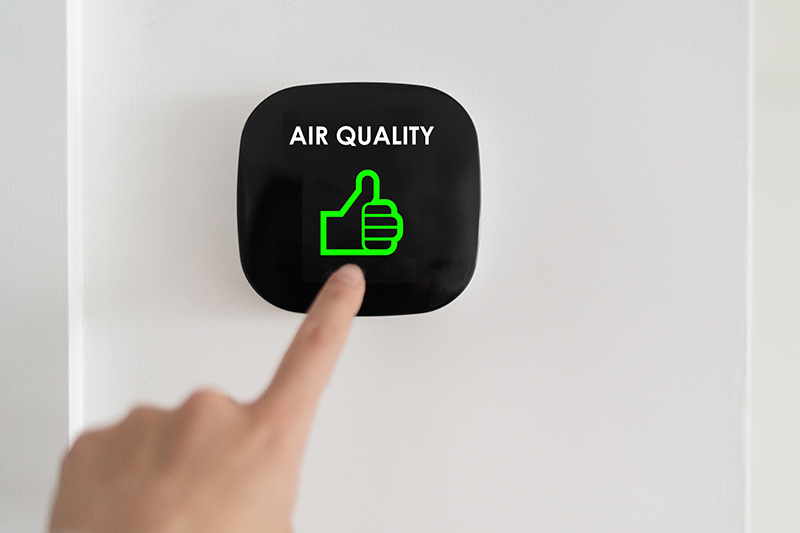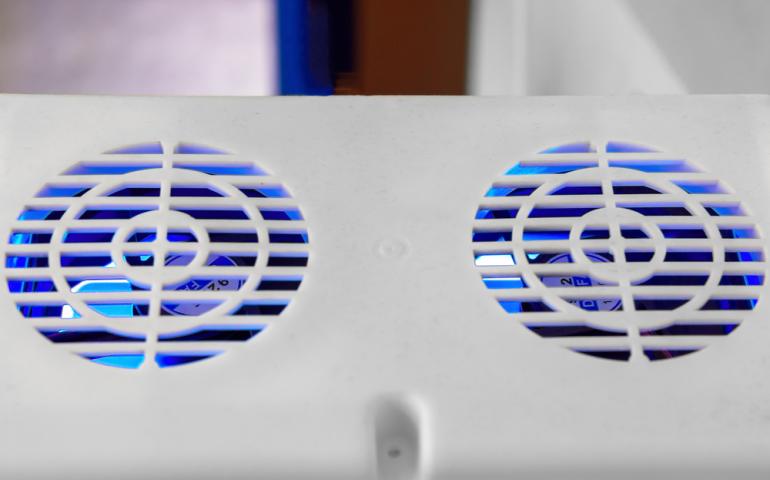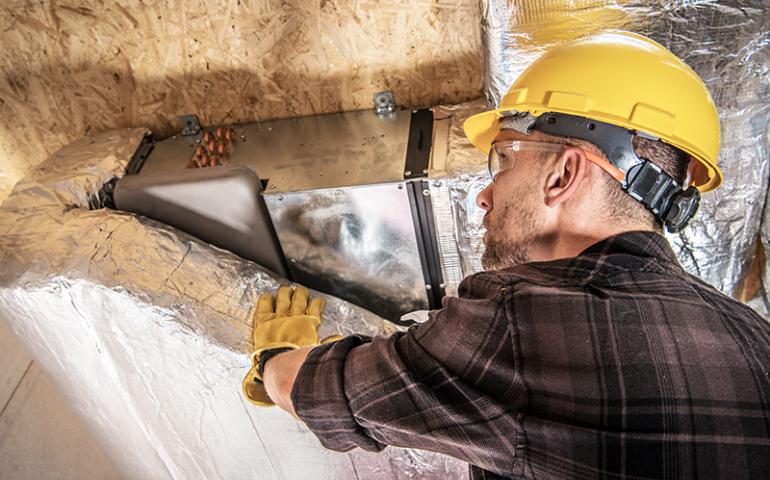Preparing Your Indoor Air Quality for Spring
Maintaining good indoor air quality is essential for our health and well-being. Poor indoor air quality can lead to various health issues. This includes respiratory diseases, allergies, and cognitive deficits. As we welcome Spring, it's crucial to understand how this season can impact indoor air quality. Let's explore how to prepare for the springtime changes.
The Impact of Spring on Indoor Air Quality
Spring brings new beginnings and changes. There are shifts in weather patterns and the introduction of allergens into the air. Spring is notorious for high pollen levels. This can infiltrate your home and cause allergic reactions. Open windows and doors can allow pollen to enter. This can lead to discomfort for those with allergies or respiratory sensitivities. With spring comes changes in humidity levels. Excessive moisture can promote mold and mildew growth. Low humidity can cause dryness and irritation. Maintaining optimal humidity levels is crucial for a healthy indoor environment. After being indoors all winter, homes may have more dust, pet dander, and other allergens. These particles can circulate through your HVAC system, diminishing indoor air quality.
Preparing Your Indoor Air Quality for Spring
Follow these tips to prepare your indoor air quality for the changes that come with spring.
- Clean and Dust. Start by cleaning your home, including dusting surfaces, vacuuming carpets, and washing bedding. This helps remove accumulated allergens and improves indoor air quality.
- Maintain Proper Ventilation. Use ventilation systems like exhaust fans and fresh air intake vents. These can bring in fresh air while minimizing the entry of outdoor allergens. Avoid leaving windows and doors open during peak pollen times.
- Track Humidity Levels. Invest in a hygrometer to measure indoor humidity levels. Aim for a humidity range between 30% and 50%. This can help to prevent mold growth and maintain a comfortable indoor environment.
- Change Air Filters. Replace or clean HVAC system filters often to ensure optimal air filtration. Clogged filters can hinder airflow and allow allergens to circulate throughout your home.
- Schedule Professional HVAC Maintenance. Consider scheduling a professional HVAC maintenance visit. They can ensure your system is free from any potential pollutants or blockages.
- Use Indoor Plants. Incorporating indoor plants can help improve air quality by filtering toxins. Choose plants known for their air-purifying properties. These include snake plants, peace lilies, and spider plants.
- Consider Air Purifiers. Air purifiers with HEPA filters can capture and remove allergens from the air. Place them in rooms where you spend the most time.
Contact Us
As we welcome Spring, it's crucial to focus on indoor air quality for a healthy home. By knowing how spring changes indoor air quality and preparing for it, you can create a safe and fresh space. Take proactive measures to reduce allergens, maintain proper ventilation, and track humidity levels. If you need help preparing your home for the spring, contact us. Embrace the beauty of spring while ensuring the air you breathe indoors is clean and healthy.






